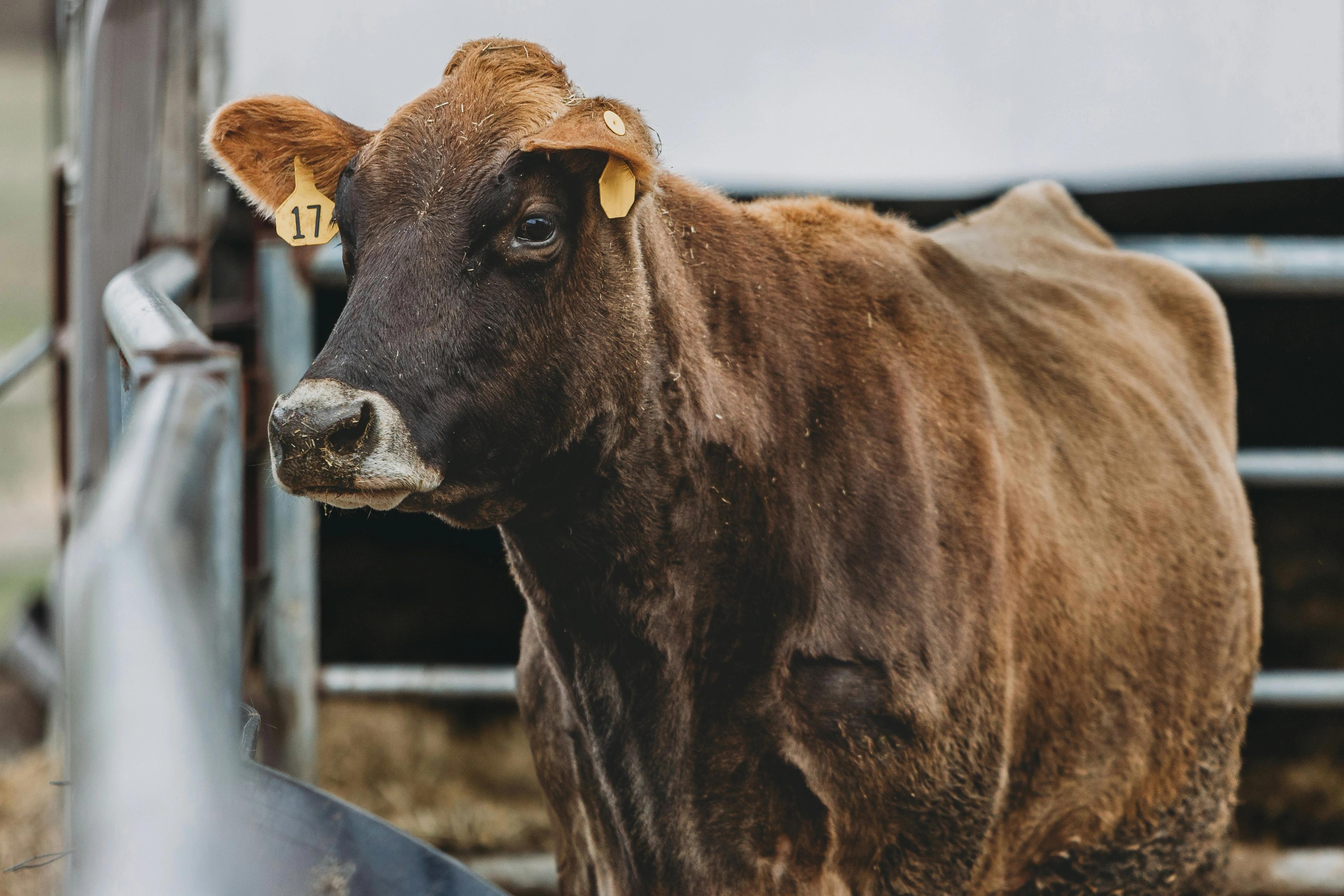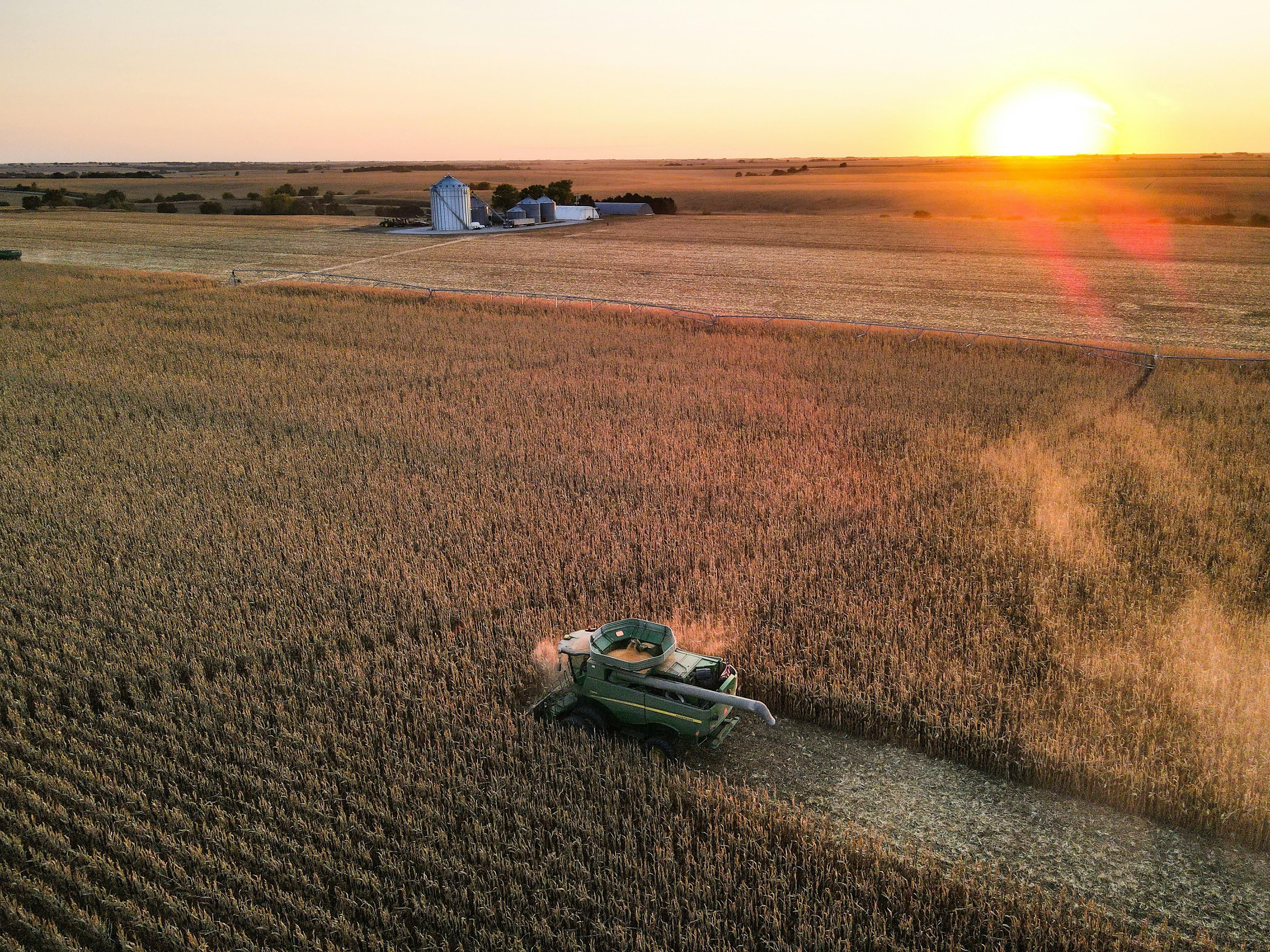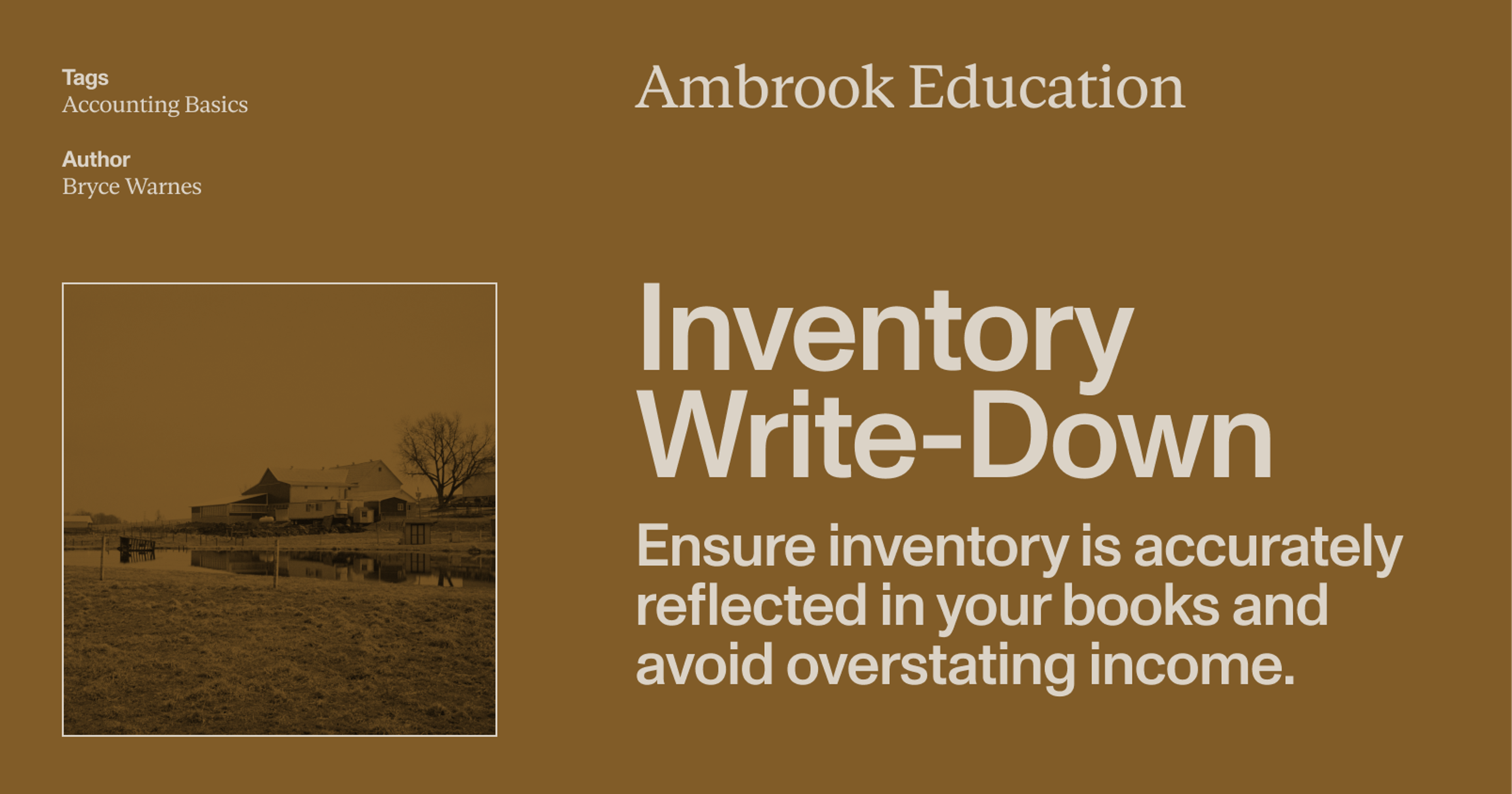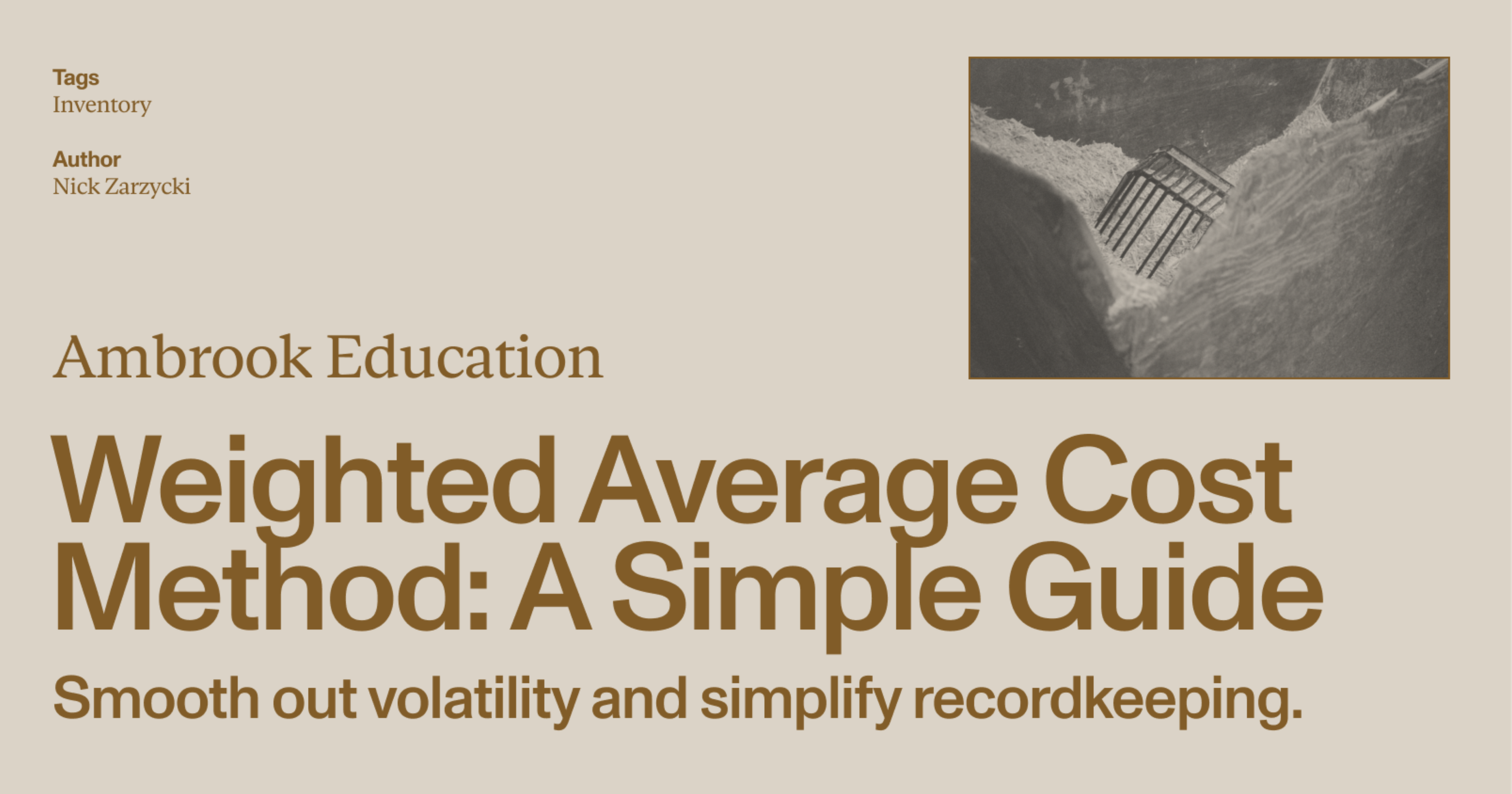Sometimes you don’t have to make assumptions about your inventory costs. That’s where the specific identification method comes in.
When calculating the cost of goods sold and ending inventories, businesses often have to make simplifying assumptions to make those calculations easier—but not so when it comes to the specific identification method.
Specific identification involves tracking and recording the exact costs associated with each individual item of inventory as closely as possible.
This method is most suitable for assets that are unique, identifiable and involve costs that can be separately tracked. An equine operation might use the specific identification method for each animal, for example, tracking individual feed, vet care and training costs. Similarly, a ranch might use specific identification to track the individual cost of each animal in the breeding livestock enterprise.
What is the specific identification method?
Businesses must often make simplifying assumptions about their inventory costs, especially when inventory items that are difficult to separate and track individually are purchased or produced at different prices.
These assumptions result in various costing methods—like first-in, first-out (FIFO); last-in, first-out (LIFO) and weighted average cost (WAC)—which are useful because they provide a consistent way to assign costs to inventory and cost of goods sold.
For example, if you purchase corn silage at substantially different prices throughout the year and feed it to your herd, you might choose the first-in, first-out (FIFO) method, which assumes that the feed you purchased first will be used up first.
The specific identification costing method is special, because it makes few or no assumptions about your costs. Under specific identification, the costs associated with each unit of inventory–for example, of raising each animal–are matched to cost records as closely as possible.
When should I use specific identification?
Specific identification is most useful when inventory items are high-value, unique and easy to track. For example, a cow-calf operation with good recordkeeping might track the exact cost of raising each animal, including feed, veterinary care and breeding expenses. Similarly, a vineyard might use specific identification for distinct lots of wine grapes or barrels of wine produced from different fields.
Example of the specific identification method
A cow-calf operation using the specific identification method would record all direct costs tied to a specific animal, such as veterinary care, vaccinations, feed, minerals and nutrients. Shared or indirect costs—like pasture maintenance, equipment, fuel and labor—would then be allocated among all calves based on a reasonable metric, such as per head or by weight.
Once all direct and allocated costs are combined, the operation can determine the total cost of raising each calf, providing a detailed, animal-by-animal record that supports accurate profitability analysis when the calf is sold or moved to another production stage.
When are FIFO, LIFO and weighted average cost better?
Specific identification might make sense for inventory items that are high-value, unique and easy to identify like horses and breeding livestock. But for commodities like corn or grain, the cost of record-keeping can outweigh any advantages.
FIFO is often preferable for perishable items such as grain and fresh produce, reflecting the natural flow of goods and providing a more accurate measure of current inventory value when prices are rising. It also makes more sense for determining the cost and inventory value of supplies, feed and other commodity inputs used in the operation.
LIFO can be advantageous when input prices (i.e., fuel, feed, livestock for resale) are rising, because it matches more recent, higher input costs against current revenues, which could potentially reduce taxable income.
Weighted average cost (WAC) is generally preferable when prices fluctuate, helping smooth out price changes and avoiding the volatility or recordkeeping complexity of FIFO and LIFO.
| Method | Benefits | Drawbacks |
|---|---|---|
| FIFO (First-In, First-Out) | Matches the natural physical flow of most farm products (e.g., oldest feed or grain used first). | When prices rise, results in higher taxable income and lower cash flow. |
| LIFO (Last-In, First-Out) | Matches recent, higher costs against current revenues, potentially lowering taxable income. | Ending inventory values may become outdated or understated, can be complex to maintain, and may not reflect the actual physical flow of goods. |
| Weighted Average Cost | Smooths out price fluctuations and reduces recordkeeping compared to FIFO or LIFO. | Averages may mask true cost changes over time. Less accurate reflection of current market conditions when prices are volatile. |
| Specific Identification | Most accurate method; directly matches actual costs. Ideal for unique, high-value assets such as breeding livestock or specialized equipment. | Impractical for large volumes of similar items like feed, crops, or market animals. Requires detailed recordkeeping and tracking systems, which can be time-consuming and costly. |
Use Ambrook to take stock of your finances
Ambrook is a complete financial platform for your agricultural operation. With Ambrook, you get a complete set of books and detailed financial insights—making it easier to value inventory, calculate your profit, and plan for the future.
With time-saving bookkeeping automation features, automatically-generated financial reports, streamlined bill pay and invoicing, and other powerful accounting and financial management tools, Ambrook takes the guesswork out of running your business. Want to learn more? Schedule a demo today.
Want to learn more about Ambrook?
This resource is provided for general informational purposes only. It does not constitute professional tax, legal, or accounting advice. The information may not apply to your specific situation. Please consult with a qualified tax professional regarding your individual circumstances before making any tax-related decisions.









